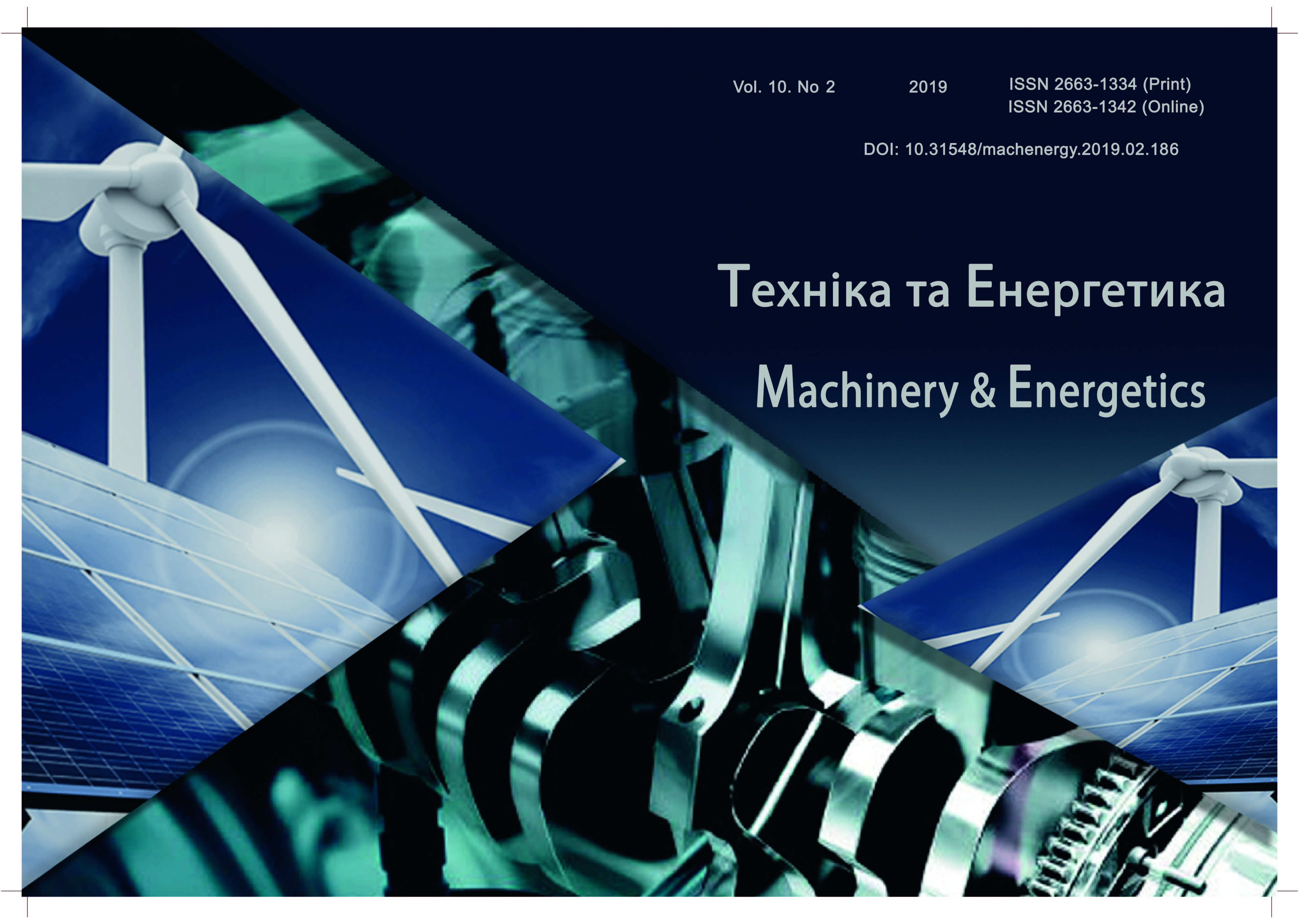Analytical model to determine rate of recovery of resource units of machines for forestry work
DOI:
https://doi.org/10.31548/machenergy2019.02.135Keywords:
model, resource, readiness, machine.Abstract
Practice shows that most of indicators of technical maintenance: quality maintenance, quality of repairs, fuel and lubricants, qualified engineering and technical personnel and quality of equipment storage is provided directly to agricultural producers.
Currently the complete machine in the service structure type of technical service due to economic difficulties, the owners of vehicles are repaired rarely. In most cases, repair of individual units of machinery, including the engine, the gearbox, fuel system, transmission. Assessment of possible resource recovery unit consider the example of resource recovery engines.
References
Rogovskii Ivan. (2016). Graph-modeling when the response and recovery of agricultural machinery. MOTROL. Motorization and power industry in agriculture. Lublin. Vol. 18. №3. 155-164.
Titova L. L. (2018). Mathematical model of vibroimpact occurrence of pulse in cylinder-piston group of engines of machines for forestry work. Scientific Herald of National University of Life and Environmental Science of Ukraine. Series: Technique and energy of APK. Kyiv. No 298. 117-122.
Titova, L. L., Rogovskii, I. L. (2017). Technology recovery of power device of machines for forestry work. Scientific Herald of National University of Life and Environmental Science of Ukraine. Series: Technique and energy of APK. Kyiv. No 258. 369-380.
Rogovskii, I. L. (2016). Analysis of model of recovery of agricultural machines and interpretation of results of numerical experiment. Scientific Herald of National University of Life and Environmental Science of Ukraine. Series: Technique and energy of APK. Kyiv. No 254. 424-431.
Rogovskii, I. L. (2017). Probability of preventing loss of efficiency of agricultural machinery during exploitation. Scientific Herald of National University of Life and Environmental Science of Ukraine. Series: Technique and energy of APK. Kyiv. No 258. 399-407.
Rogovskii, I. L. (2017). Conceptual framework of management system of failures of agricultural machinery. Scientific Herald of National University of Life and Environmental Science of Ukraine. Series: Technique and energy of APK. Kyiv. No 262. 403-411.
Lyudmila Titova, Ivan Rogovskii. (2014). The effectiveness of technical exploitation of the forest MES. MOTROL. Motorization and power industry in agriculture. Vol. 16, № 3. 313-321.
Lyudmila Titova, Ivan Rogovskii. (2015). Improving the recovery efficiency of machines for forestry work. MOTROL. Motorization and Energetics in Agriculture. Vol. 17, № 3. 298-310.
https://doi.org/10.1505/146554815815982657
Lyudmila Titova, Ivan Rogovskii. (2017). System of control of parameters technical condition of machines for forestry work. TEKA. An International Quarterly Journal on Motorization, Vehicle Operation, Energy Efficiency and Mechanical Engineering. Lublin-Rzeszów. Vol. 17. No 3. 73-82.
Downloads
Published
Issue
Section
License
Relationship between right holders and users shall be governed by the terms of the license Creative Commons Attribution – non-commercial – Distribution On Same Conditions 4.0 international (CC BY-NC-SA 4.0):https://creativecommons.org/licenses/by-nc-sa/4.0/deed.uk
Authors who publish with this journal agree to the following terms:
- Authors retain copyright and grant the journal right of first publication with the work simultaneously licensed under a Creative Commons Attribution License that allows others to share the work with an acknowledgement of the work's authorship and initial publication in this journal.
- Authors are able to enter into separate, additional contractual arrangements for the non-exclusive distribution of the journal's published version of the work (e.g., post it to an institutional repository or publish it in a book), with an acknowledgement of its initial publication in this journal.
- Authors are permitted and encouraged to post their work online (e.g., in institutional repositories or on their website) prior to and during the submission process, as it can lead to productive exchanges, as well as earlier and greater citation of published work (See The Effect of Open Access).

